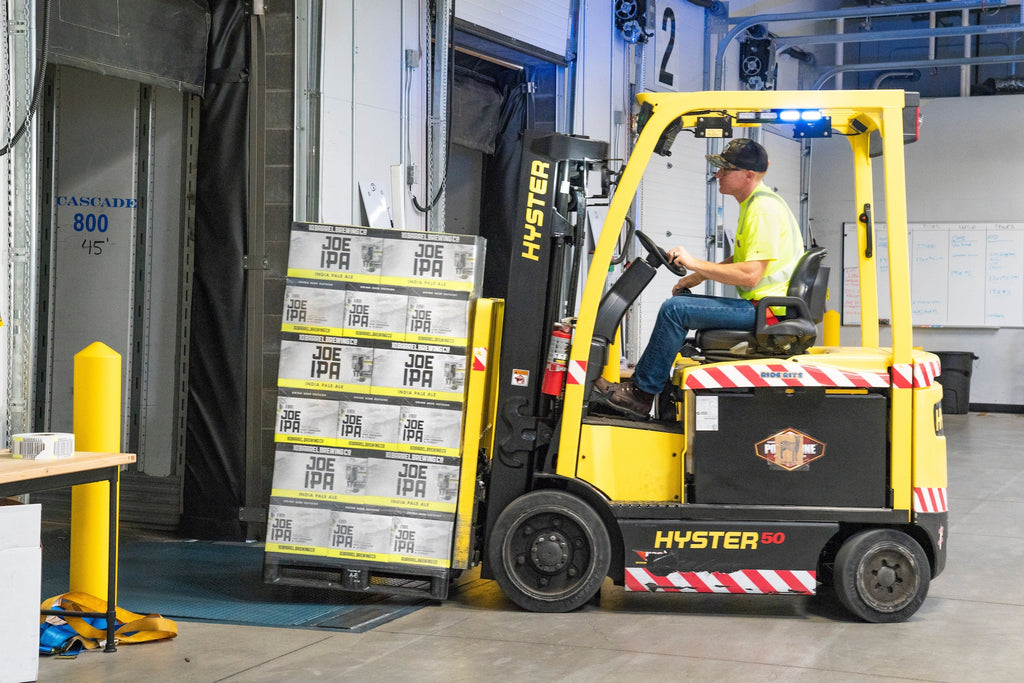
Exhibiting at a trade show is a fun and exciting way to generate new sales, meet others in your industry, and close big deals. But in order to take advantage of these great opportunities, you first have to get your exhibit to the show. While you might assume shipping is the easy part of exhibiting at a trade show, it’s not always quite so simple. Coordinating transport for your trade show exhibit takes careful planning and diligent management to be certain that all display components are delivered to the show venue on schedule.
When you first start your research, you will find that there are companies that specialize in managing the shipping and warehousing of your trade show exhibit. When you work with a company like this, you can count on your display arriving when and where you need it in the same condition it was in when you last saw it. This means you don’t have to worry about spending any precious show time repairing unexpected damages from transport.
Once your exhibit arrives at the venue’s loading dock, you’ll want to either personally ensure that the shipping crates are delivered to the booth area on time or designate someone to do this for you.
When you registered for the show, the event sponsor should have sent you a comprehensive exhibitor’s kit which would include information about show participation along with exhibit moving and shipping instructions and the forms required by the show’s drayage contractor.
If you’re wondering what exactly drayage is, don’t worry. We’ve got you covered. Drayage in the trade show industry is a material handling fee that the exhibitor pays to the company that is responsible for receiving shipments at the show site or the advance warehouse.
Basically, if you have a custom exhibit that is crated or palletized, you will typically have to pay for those properties to be received at the show site or the advanced warehouse.
However, if you’re able to carry or wheel in your display on your own, you’re typically able to avoid these fees altogether.
To break it down, these charges are typically based on 100lb increments. For example, it might be $85 for 100lbs with a minimum of $85 per piece received. So, say you have two crates at 900lbs each (1800lbs total), the drayage costs would be 18 x $85 = $1530.
A key factor in reducing drayage costs is to try to minimize the number of items that are shipped to the show site or advance warehouse. Since there is a per piece minimum charge, our example indicated an $85 fee, it’s best to palletize boxes and materials rather than shipping them independently.
It’s important to recognize that like the booth space itself, material handling tends to be a standard part of the cost of exhibiting.
The fee, however, is not an empty cost. The drayage contractor has many responsibilities:
As we mentioned, you likely received forms that the drayage contractor requires for you to fill out. Be sure to take the time to list out the specific details of your handling requirements to ensure the drayage contractor can effectively and safely deliver your trade show exhibit crates to your reserved booth.
Additionally, you will need to complete a “bill-of-lading” which you’ll submit to the event’s drayage contractor. This form puts systems in place to ensure that your empty crates get delivered to your booth at the end of the show so you can pack up.
Since the drayage contractor and the freight shipping company, should you choose to go that route, handle so much of your exhibit, it’s important that you have your crates properly labeled to ensure they stay together.
It’s important to note that Godfrey group, as an exhibit house, does not have anything to do with the materials handling costs. These come directly from the show, but we are happy to assist you with the logistics before your show to help you minimize your costs.